Edwin
-
 Posted On Astronomy
Posted On AstronomyEmbracing the June Solstice: Celebrating the Height of Summer in the Northern Hemisphere


The June solstice, a pivotal moment in our celestial calendar, marks the height of summer in the Northern Hemisphere. Occurring around June 20th or 21st…
-
 Posted On Historical Battlefields
Posted On Historical BattlefieldsD-Day: The Origins of Omaha Beach


On June 6, 1944, the Allied forces launched one of the most significant military operations in history: D-Day. This monumental event marked the beginning of…
-
 Posted On Civilizations
Posted On CivilizationsThe Maya


It was one of the advanced civilizations in the world, renowned for its calendar and great cities, living thousands of years ago in Central America.…
-
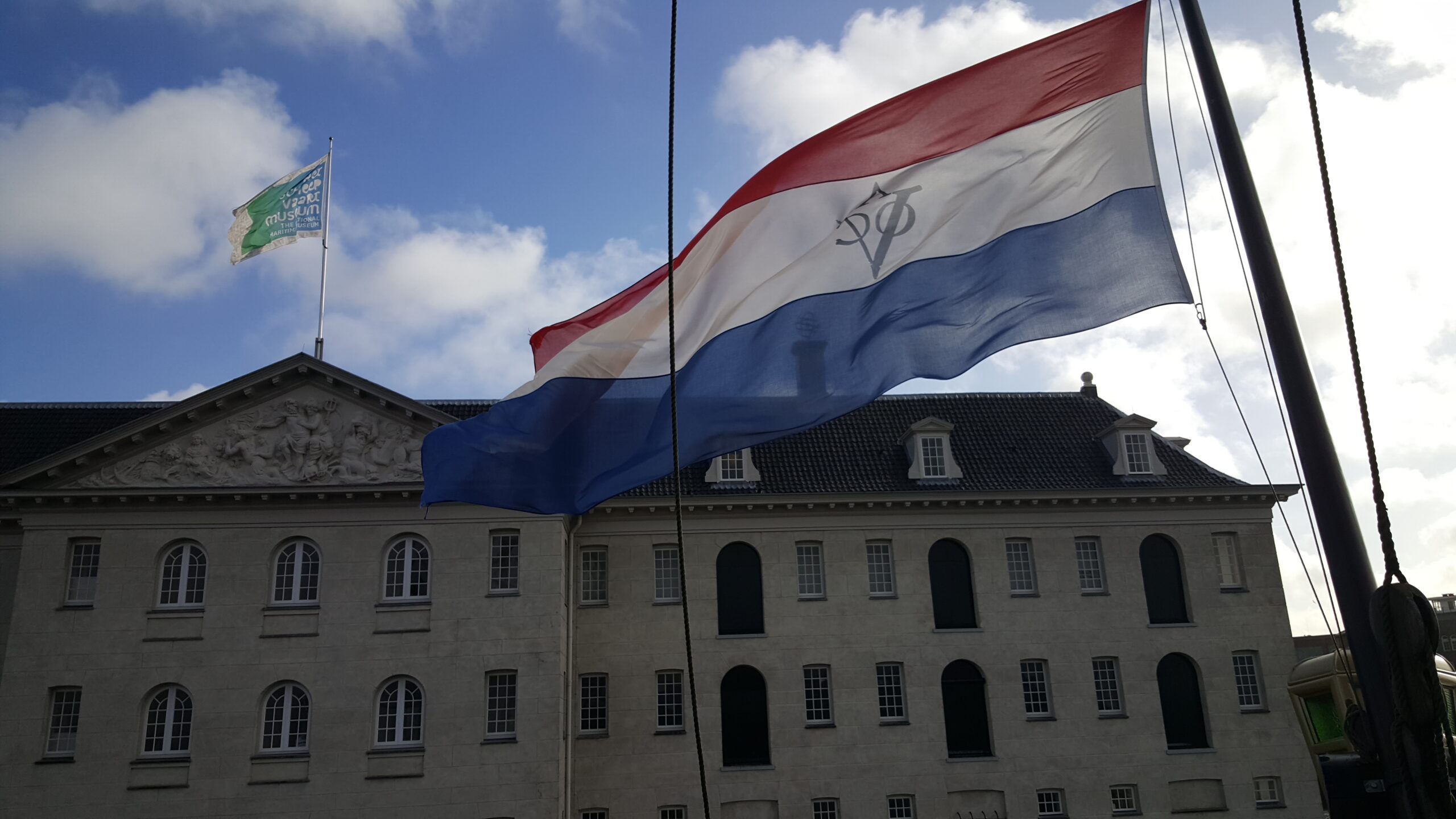 Posted On Nation States
Posted On Nation StatesThe Netherlands


The Netherlands, known for its flat terrain, windmills, and tulip fields, is a progressive European nation with a rich cultural heritage. Renowned for Amsterdam’s historic…
-
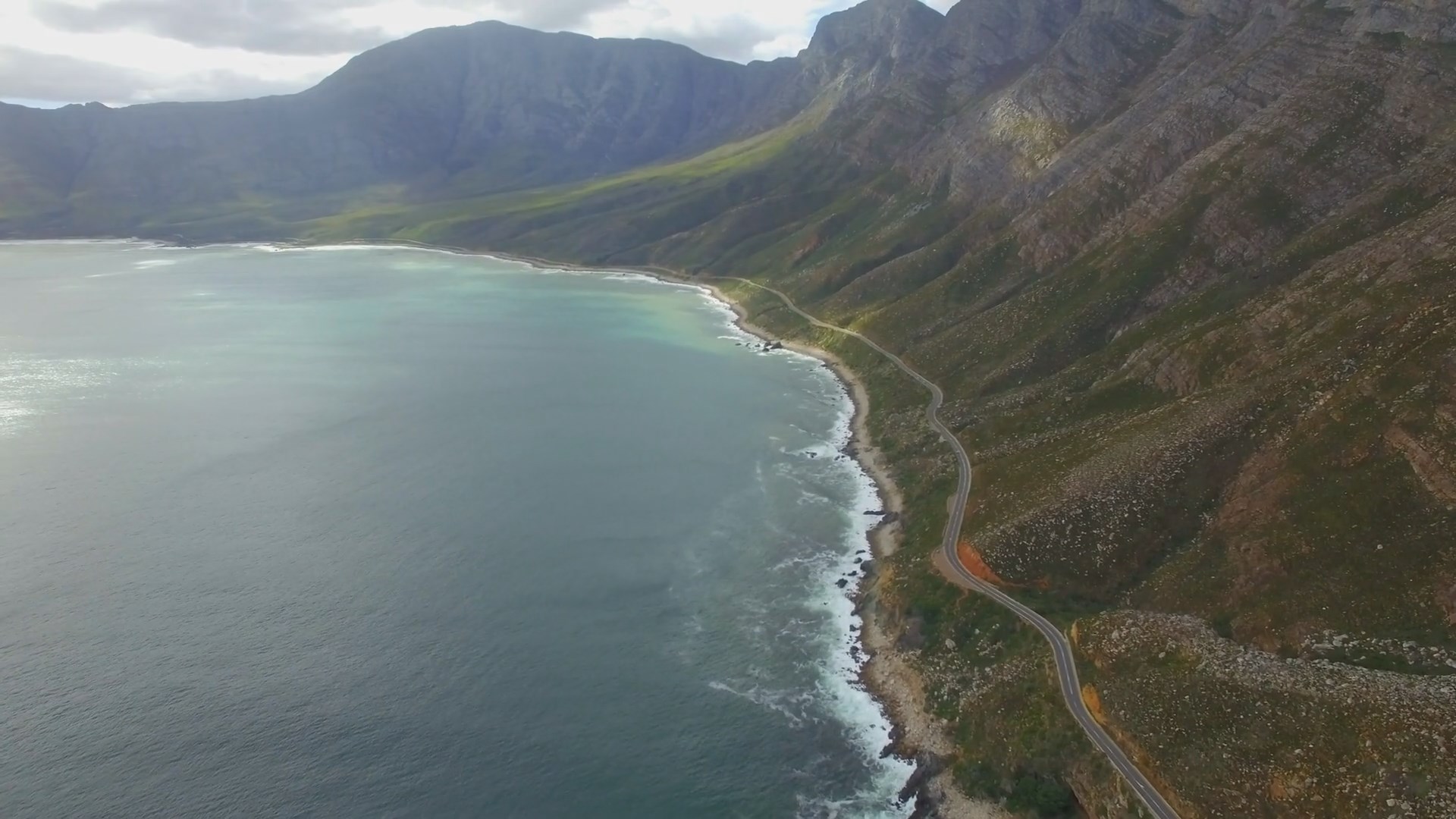 Posted On Oceans
Posted On OceansThe History of the North Atlantic Ocean


Thousands of miles of emptiness. Nothing but blue, grey, green and white. Giant waves, shrieking gales, water so cold. This is what millions of people…
-
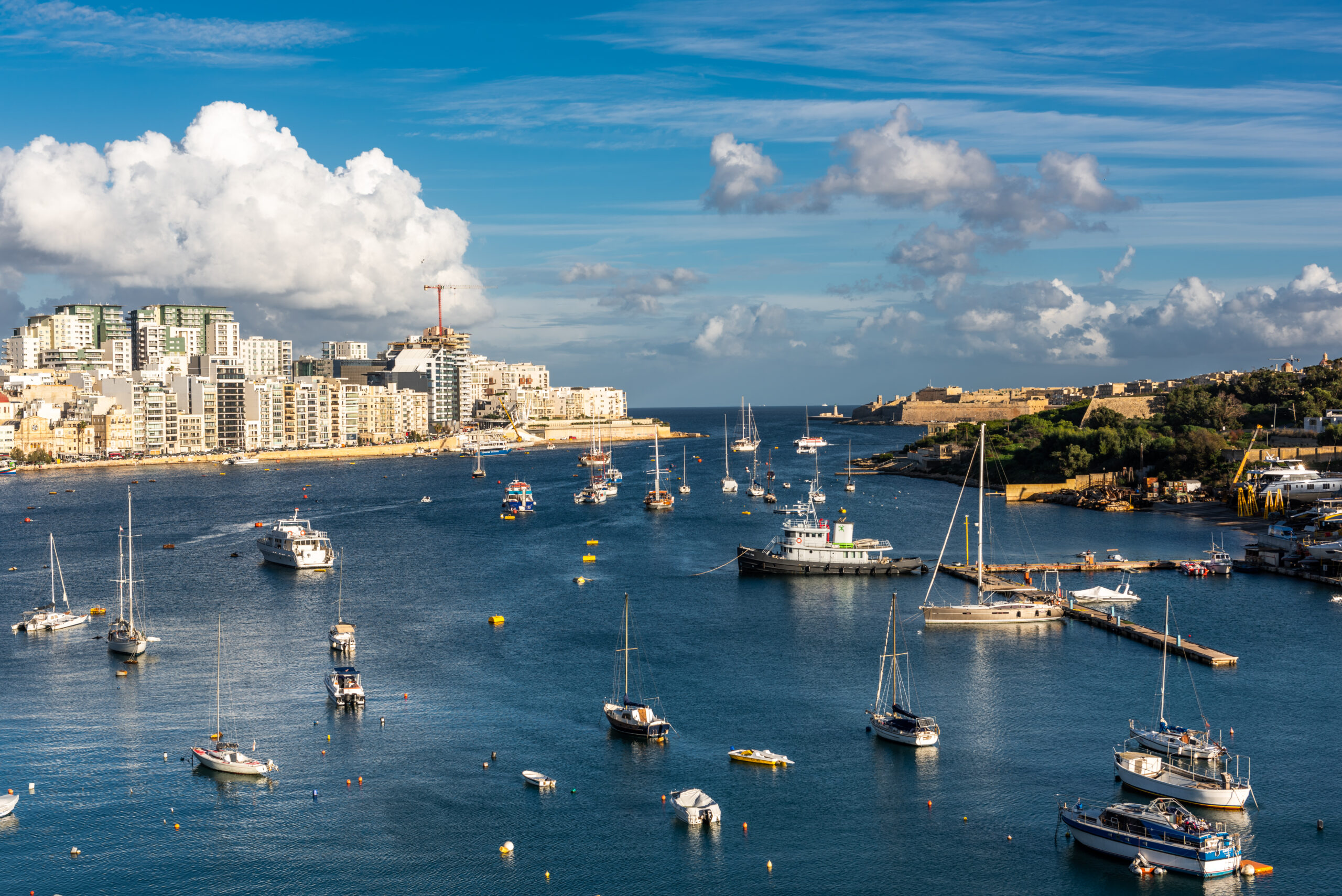 Posted On Nation States
Posted On Nation StatesMalta – History, Geography, Economy and Culture


Malta – the island fortress at the heart of the Mediterranean. It has witnessed occupation by so many of history’s great empires. And yet today…
-
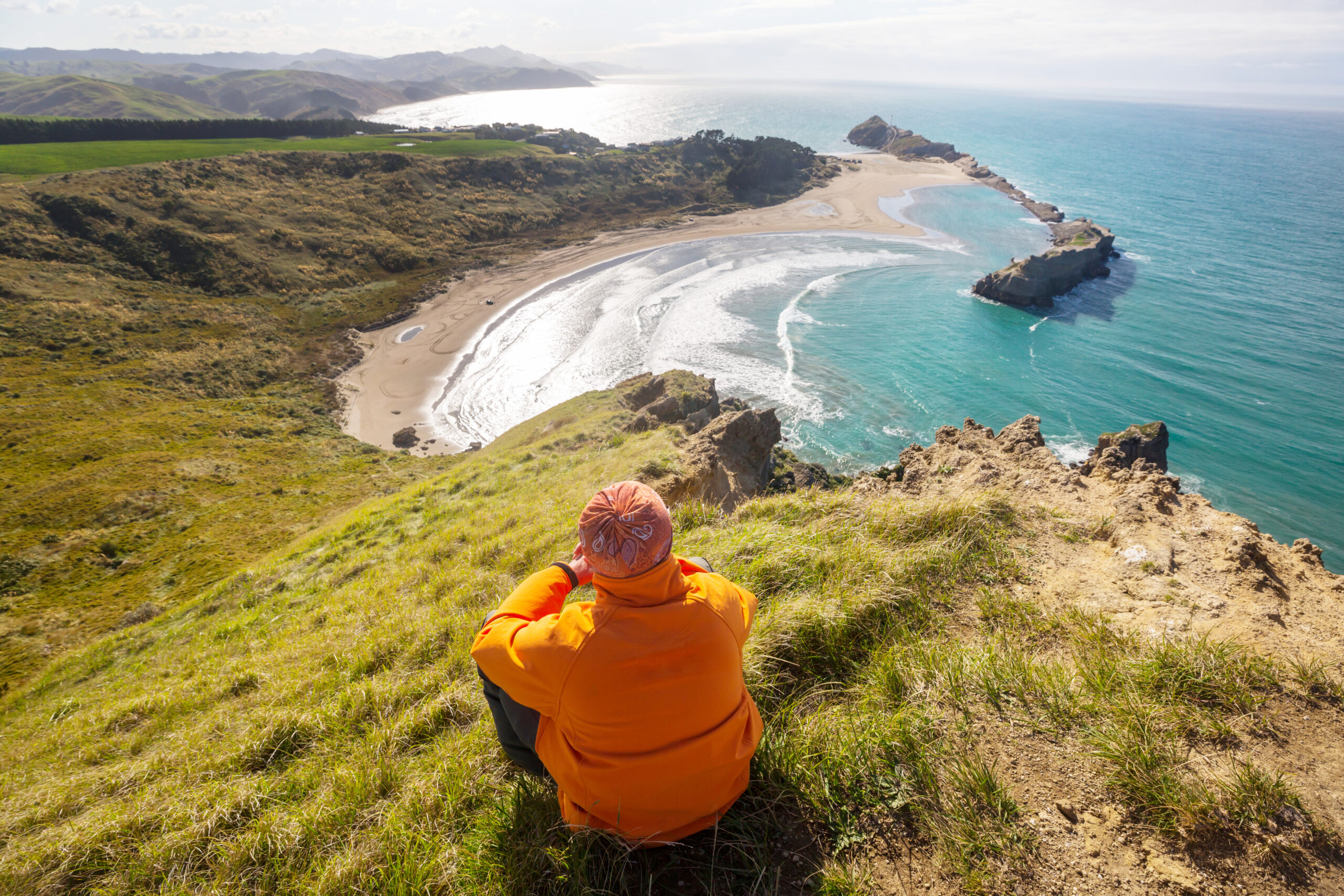 Posted On Nation States
Posted On Nation StatesNew Zealand – Geography, Economy and Culture


New Zealand is the most remote developed nation in the world, sitting at the south-western edge of the Pacific Ocean. On the boundary of two…
-
 Posted On Nation States
Posted On Nation StatesThe History of New Zealand


The History of New Zealand begins in the Middle Ages, when humans first arrived in the form of the Polynesian explorer Kupe. New Zealand was…
-
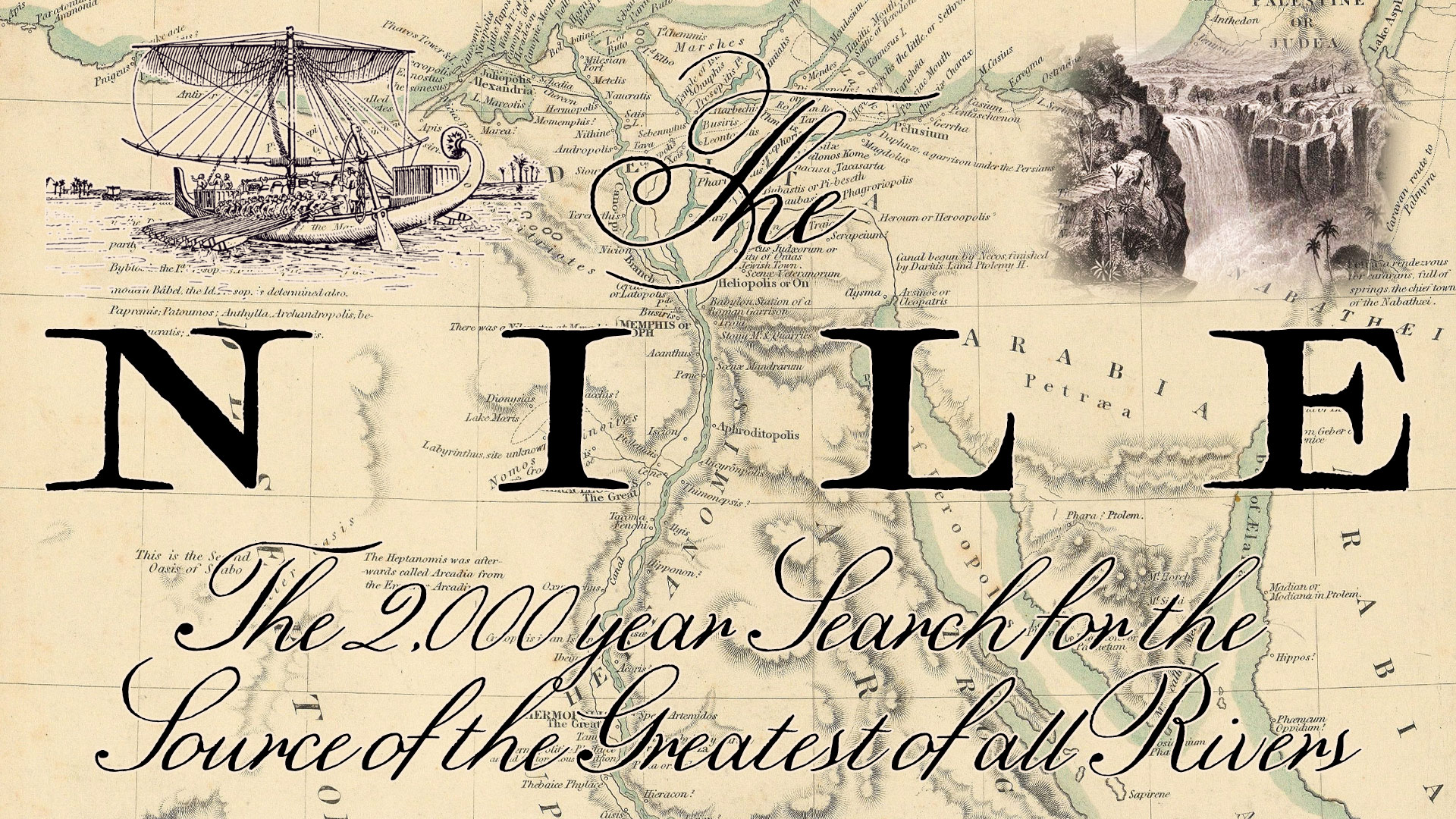 Posted On Infamous Geography
Posted On Infamous GeographyThe 2,000 Year Search for the Source of the Nile River


The Nile River. Possibly the longest river in the world, but certainly the most storied in history. Without the Nile, the civilizaiton of Ancient Egypt…
-
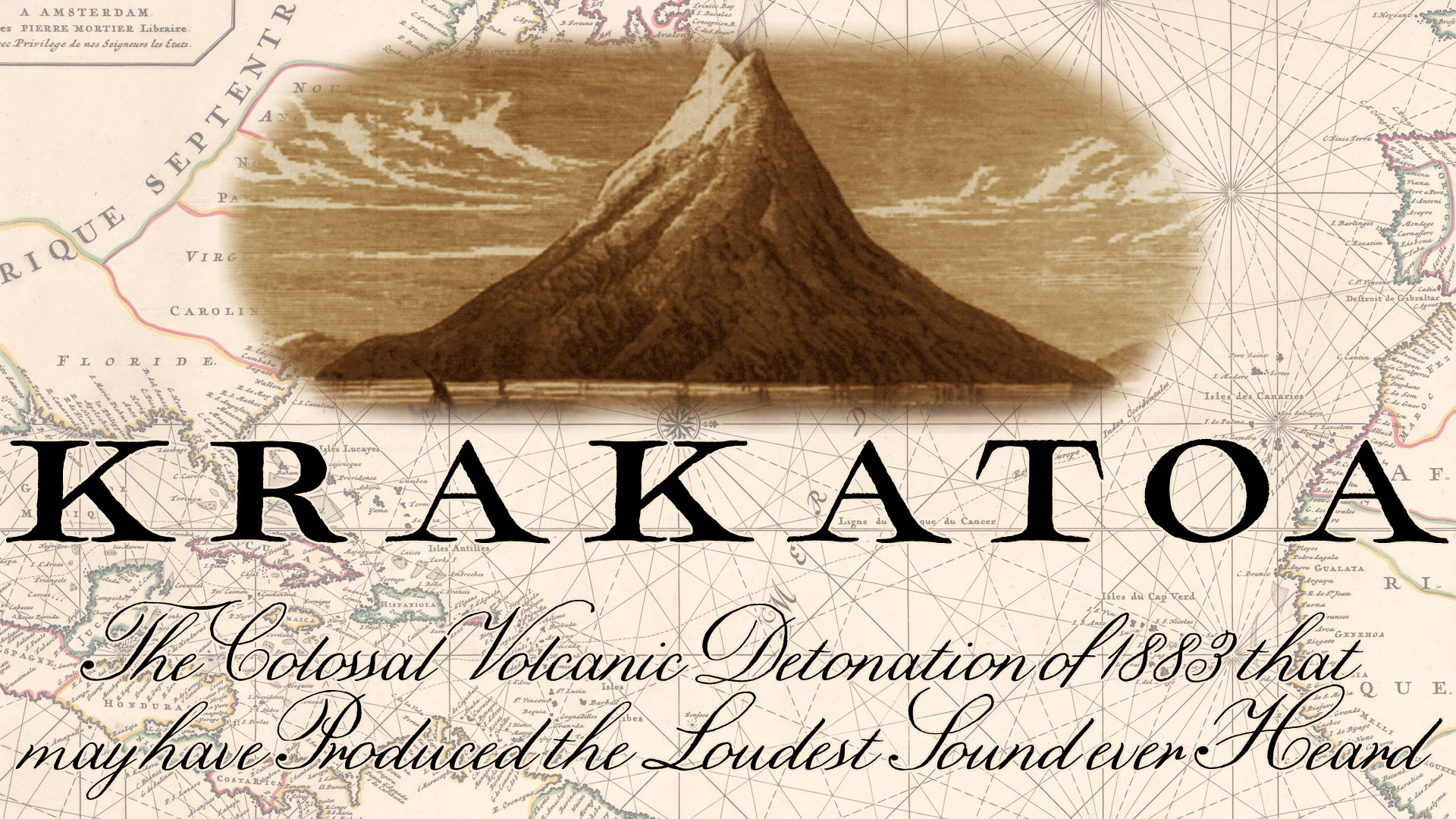 Posted On Infamous Geography
Posted On Infamous GeographyThe Krakatoa Volcanic Eruption of 1883 – The Loudest Sound Ever Heard?


In 1883, possibly the loudest sound ever heard, detonated in the Sunda Strait between Java and Sumatra, Indonesia. The source of this explosion? A volcano…


